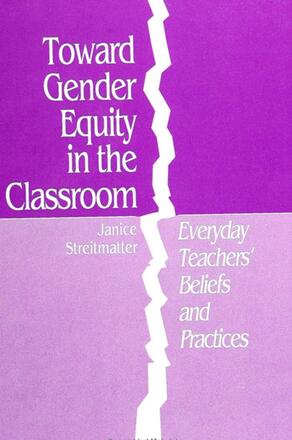
Toward Gender Equity in the Classroom
Everyday Teachers' Beliefs and Practices
Alternative formats available from:
Description
Rather than simply examining gender differences in student performance, this book presents various aspects and considerations of gender equity in classroom teaching through conversations with and observations of eight teachers. It highlights the differences between teacher beliefs and practices, shows how educational institutions contribute to the formation or development of those beliefs and practices, and describes how individual teachers within those institutions can and do combat the inequities resulting from gender socialization.
Janice L. Streitmatter is Associate Professor of Teaching and Teacher Education in the College of Education at the University of Arizona.
Reviews
"What I like most about this book is the author's use of the case study approach to focus on teachers who, in their own individual ways, are actually in the process of striving to achieve gender equity in the classroom. So many texts and materials focus on the 'shoulds, oughts, and musts' rather than providing specific examples of what 'ordinary' individual teachers are actually doing. The diversity of the sample of teachers provides much in the way of opportunity for identification by the book's ultimate readership: diversity in gender, grade-level, content area, school setting, and personal life experiences that created the teachers' awareness of gender stereotypes and motivated them to intervene on behalf of gender equity. By avoiding judgmental ratings of an individual teacher's efforts and by addressing how an individual teacher's actions flowed from her or his own philosophical position, the author sends an important metamessage to the reader—anyone/everyone can do something to address gender inequities in the classroom. " — Constance L. Hollinger, Cleveland State University